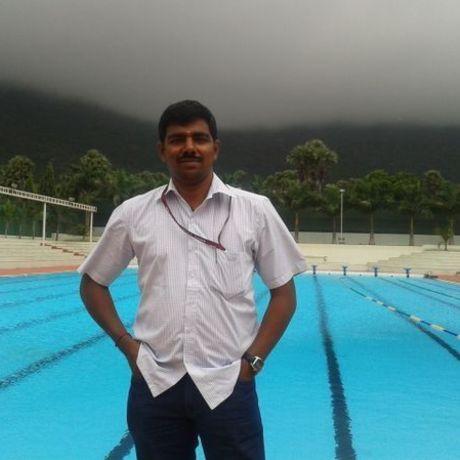A Complete study of Total Technical Life (TTL) for an Aircraft through IoT, Sensors, Data Analytics.
- 0 Collaborators
The number of aircraft coming into use is increasing worldwide and so is their age. Strengthening the Defence of any country is the priority of the government and a large portion of the money is spent on the same. Many countries in the world have all kinds of defence forces like Army, Navy, Air Force and Border Security Force to name a few. The vast part of the total money spent on defence is used for the technological development and expansion of our equipment inventory including aircraft along with its maintenance. The same is true in the civil flying sector as well. All these flying machines are allowed to fly such time their usable life limit is reached. Total Technical Life of an aircraft (TTL) is usually termed as the service life of the aircraft fixed by the Original Equipment Manufacturer (OEM) and in this case it is aircraft manufacturers. In the absence of actual fatigue data availability, the use of aging aircraft fleet has become a concern area for the operators but it has opened up many options for the researchers. The old aircraft maintenance has also become really an uphill task to find solutions to new kinds of problems which are mostly unpredictable. The maintenance has also become cumbersome process and many users are thinking of going for upgradation to cope up with the technological advancement and obsolescence of components. Several years back, the advancement of technology was limited and hence the application of onboard monitoring was also limited. Now, with many options available, all the above issues can be addressed properly to ensure the full utilization of aircraft life with minimum maintenance expenditure during its life cycle. The continuous structural monitoring system will not only ensure the full utilization up to TTL as per the predicted life experiments but it will also provide scope to go beyond the TTL in case the fatigue levels achieved at the end of TTL is below predicted levels. Life enhancement of the aircraft will increase the flying effort in terms of flying hours, reduce the maintenance activities along with ease of maintenance and better inventory control of aircraft components. In all, it leads to huge amount of saving money with better quality of flying with ensured flight safety. ...learn more
Project status: Published/In Market
Overview / Usage
The objective of this research is to provide an onboard active fatigue measurement system for wing structure under different flying conditions using the exclusively designed circuit with appropriate components. The system will continuously monitor the wing of the aircraft provide an opportunity for monitoring the data. The data is stored in the storage device during flying and after flying is completed, these data are extracted from the storage device and a comparison is made between the different flying conditions. The data authentication is also carried out by simulating the flying conditions on the ground on an experimental setup in the laboratory by using a testing device. The accuracy of the system is derived after comparing the actual flying data with the experimental data thus authenticating the model developed. With IoT, Sensors and Microcontrollers this is made possible.
Methodology / Approach
The flying pattern is a well-planned activity in which the aircraft will fly for about five minutes from the start of the engine till it is switched off. After start of the engine it is allowed to stabilize for about 30 seconds on the ground and within next 10 to 15 seconds the aircraft will take off from the ground. It is allowed to climb for 10 to 15 seconds. This means, the aircraft will at a point in the sky in a specified altitude for further flying instructions. It will fly for about a minute in a circle formation for about one minute to get stabilized in that altitude. At the end of two minutes the aircraft will do the vertical loop two times and again come back to stabilized flying. At the end of third minute the aircraft will undergo rolling twice in the specified direction two times and reach back to normal flying mode. The next two minutes will be for landing approach with against the wind direction. The rate of decent will be constant and hence the stability of the aircraft is maintained. As far as possible, the aircraft will touch down will be done in the smooth manner to keep the aircraft components depending on the wind conditions. After landing the aircraft will slowly come to a halt and the SD card is taken out the check the measurements.
Technologies Used
IoT, UAV, Data Analytics, Microcontrollers, Embedded Systems






